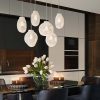- Empty cart.
- Continue Shopping
WALL LAMPS AND WALL LIGHTS: ADVICE, IDEAS AND SUGGESTIONS
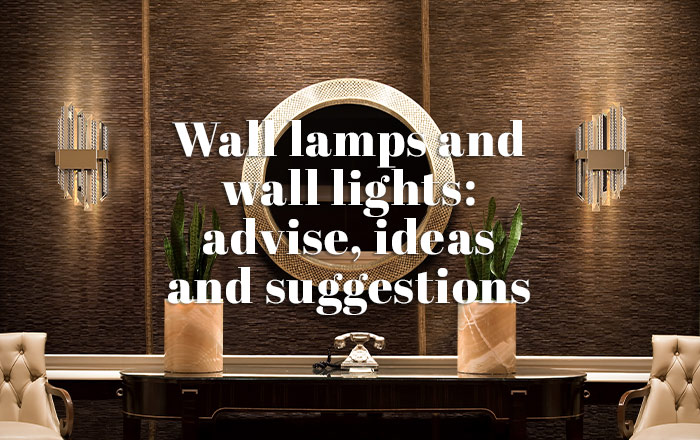
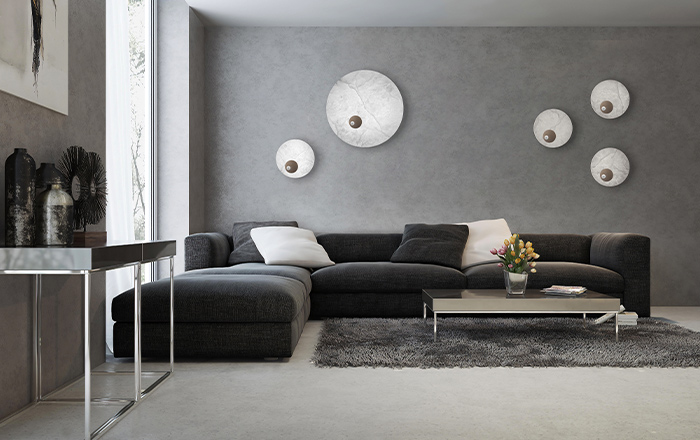
HOW TO LIGHT UP A ROOM WITH WALL LIGHTS:
FROM THE BEDROOM TO THE KITCHEN
Wall lights are a perfect solution to create games of light and shadow, or an intimate and welcoming atmosphere, as well as relaxation corners and, generally, they constitute a type of indirect lighting.
Wall lamps can be used in all rooms of your house, from the bedroom to the kitchen as well as in the bathroom and, depending on how they are used, they can become excellent solutions to create focal spots in the room.
In addition, wall lamps are ideal to light up rooms with low ceilings and narrow spaces, such as corridors, entrances and stairways.
Let’s see together how to choose wall lights based on the style and the specific needs of your home and furniture.
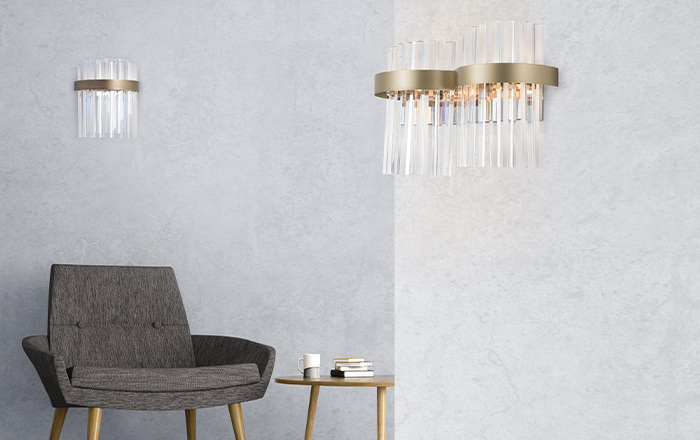
HOW AND WHERE TO POSITION WALL LAMPS:
MODERN AND DESIGN SOLUTIONS
The market offers infinite solutions for materials and design concepts, but to obtain the best results with wall lights, it is essential to consider the type of lighting in the house, both as for natural light as well as for the style of the main lighting (chandelier, ceiling light, pendant lamps).
Shape and patterns can accompany or create pleasant stylistic breaking points, depending on the effect that you want to achieve.
One of the advantages of wall lights and wall lamps in general is the possibility to adjust the light spot in order to achieve a specific effect.
Let’s think, for example, of a wall lamp above the headboard of the bed: this light spot can be an excellent reading light, while a wall light positioned in the living room will instead create a relaxation area and a more intimate atmosphere.
For every room in the house, there are rules and useful tips regarding an ideal positioning of the wall lights. In general, we can say that these lights should be fixed at an average height of about 180 cm, so as to avoid being dazzled, but never exceeding 220 cm. A lot depends, of course, on the type of use that you want to make of the wall lamp: an abat-jour type use requires a different height compared to a wall light used to highlight a painting.
Let’s look more specifically at how to use wall lights and wall lamps.
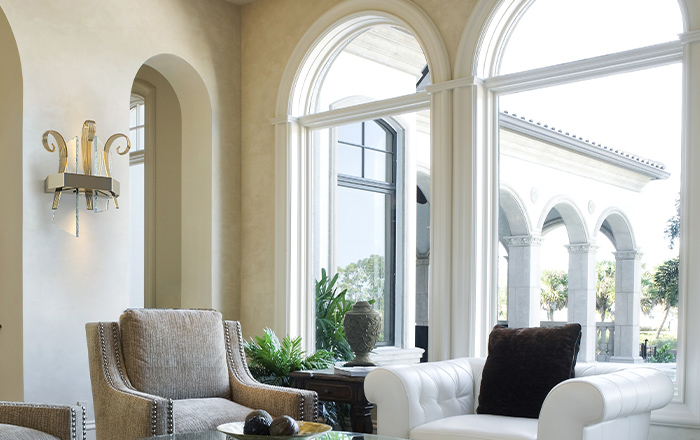
FURNISHING THE HOUSE WITH WALL LIGHTS:
5 USEFUL IDEAS TO CREATE CORNERS AND LIGHT EFFECTS
The wall lights can be used individually or combined with chandeliers and pendant lamps.
There are many solutions that Patrizia Volpato offers both in a modern style – for example with Riflessi collection – and in a classic style too, such as with Vela collection , combining wall lamps with chandeliers and pendant lights to give the rooms a regal look.
However, wall lights can also be used individually, without necessarily being combined with the main light, in order to create breaking points and very different effects.
Let’s see how to best use them in the various rooms of your house.
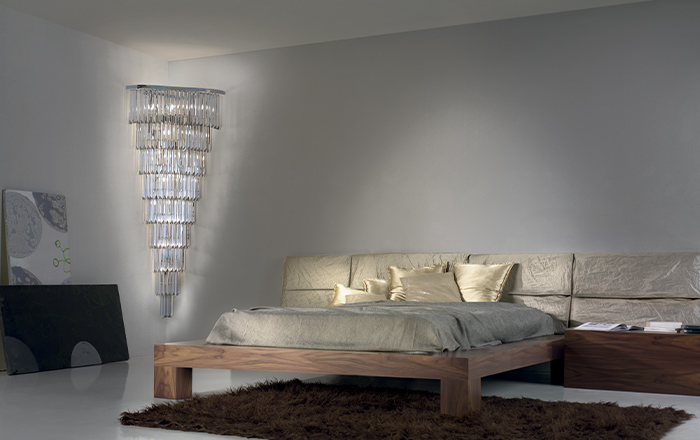
BEDROOM LIGHTING
The bedroom is one of the most important rooms in the house. It is the space in which to pamper yourself, to rest, to enjoy moments of relaxation, to read and watch TV or simply take a break. Therefore, light is very important and must be studied to respond to different needs and maximise the potential of the room.
The chandelier and the ceiling light – in the case of a low ceiling – for any bedroom represent the main light source (by opting for a dimmable light, you can adjust the brightness and create different atmospheres). But if you want to read or carry out activities from the bed, wall lights can be an excellent solution to have the right lighting and, at the same time, to give character to the room. Furthermore, being hung on the wall, they allow you to take advantage of the entire available space of the bedside table.
You can choose Murano glass or crystal wall lights to enhance the wallpaper and create a “luxury effect” or opt for minimalist solutions to create a more modern and contemporary room.
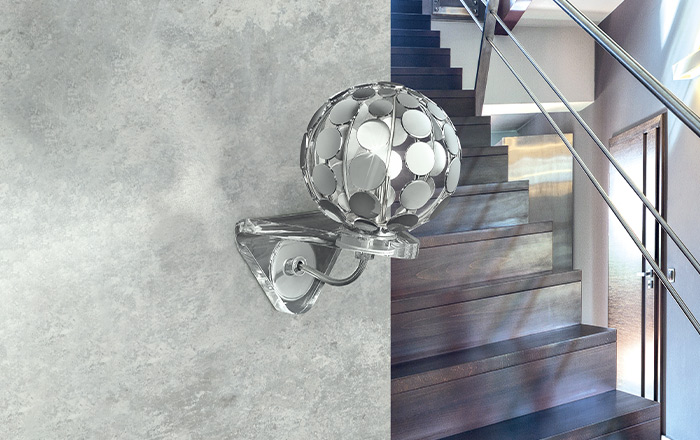
WALL LAMPS FOR THE CORRIDOR
Corridor wall lights have a dual function: to light up the steps and to furnish the room. Wall lamps can be a piece of furniture in themselves, or they can be used to enhance a painting, an architectural element, a space dedicated to photographs.
If you use them alone, you can also use a large wall light; if you use them to highlight a detail, it will be more appropriate to choose small wall lights.
A design wall light can create unique and surprising effects, replacing the classic chandelier in all its aspects.
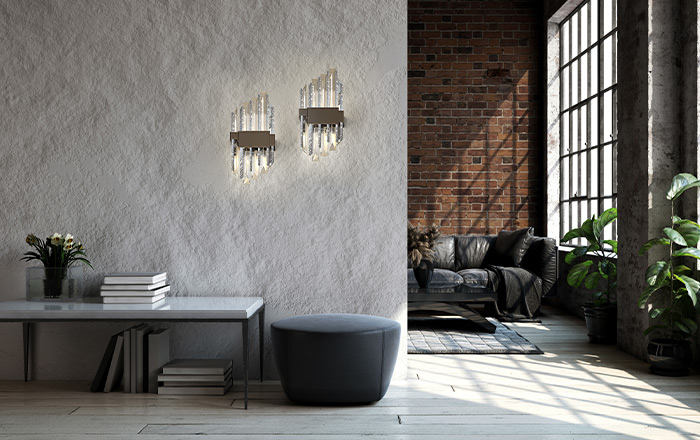
LIVING ROOM LIGHTS FOR RELAXATION CORNERS
Wall lamps for the living room have an important decorative function and can be a way to focus attention on a specific space in the room. They can be eye-catching even when the light is off or create a particular architectural effect through the light.
It is possible to opt for classic or modern, coordinated chandeliers and wall lights or to choose different – but always coherent – models to create a personal style.
Certainly, one of the preferred walls for installing wall lights is the one near the sofa or armchair and often, these lighting fixtures have the same decorative importance as a painting, as in the case of the proposals from the Riflessi collection by Patrizia Volpato.
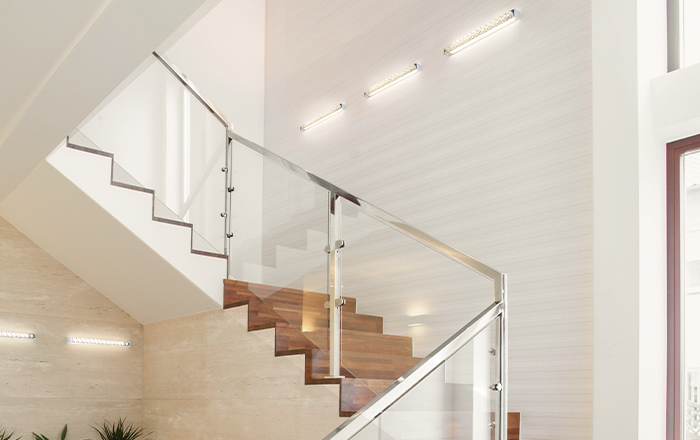
STAIRCASE WALL LIGHTING
The lighting of an internal staircase depends a lot on the type of staircase itself and, therefore, the solutions can be different, but what must absolutely be avoided is to use a light which is too strong and dazzles the eyes.
In this case as well, wall lights are an excellent solution and can be positioned along the entire staircase to light up the steps or become a decorative element that amplifies the presence of the staircase itself.
Girasole collection offers wall-mounted ceiling lights with a strong visual impact and design wall lights with a delicate taste in which the precious materials – the purest crystal combined with polished chrome or 24 Karat gold – are enhanced with refined elegance.
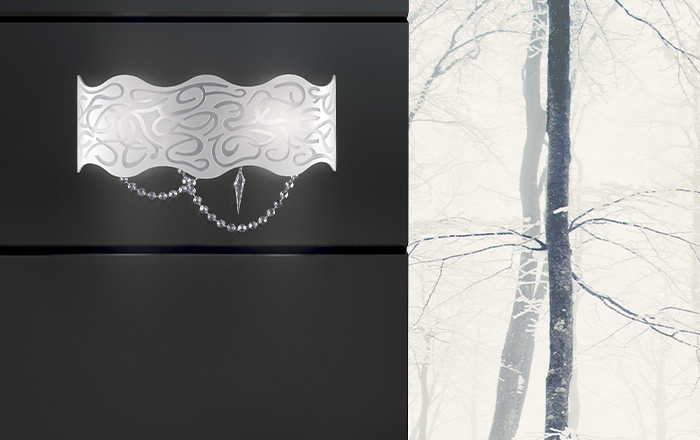
WALL LIGHTS FOR THE KITCHEN
The kitchen is one of the most popular rooms of the house, where various activities take place in different places. That said, it is easy to understand that this room requires different light spots.
In addition to the chandelier above the table and the spotlights above the cabinets or on the workbench, wall lamps are used to light up the peripheral areas of the kitchen and to prevent the creation of shadow areas, which would make the room seem darker and less liveable.
Generally, wall lights in the kitchen are used if you prefer a style with more classic lines, but a wonderful effect can also be achieved with modern solutions. Aline collection, with its geometric metal structure is, a modular solution that plays on shapes and light effects.
Discover all of the Patrizia Volpato proposals for wall lighting and dress your home with light!

